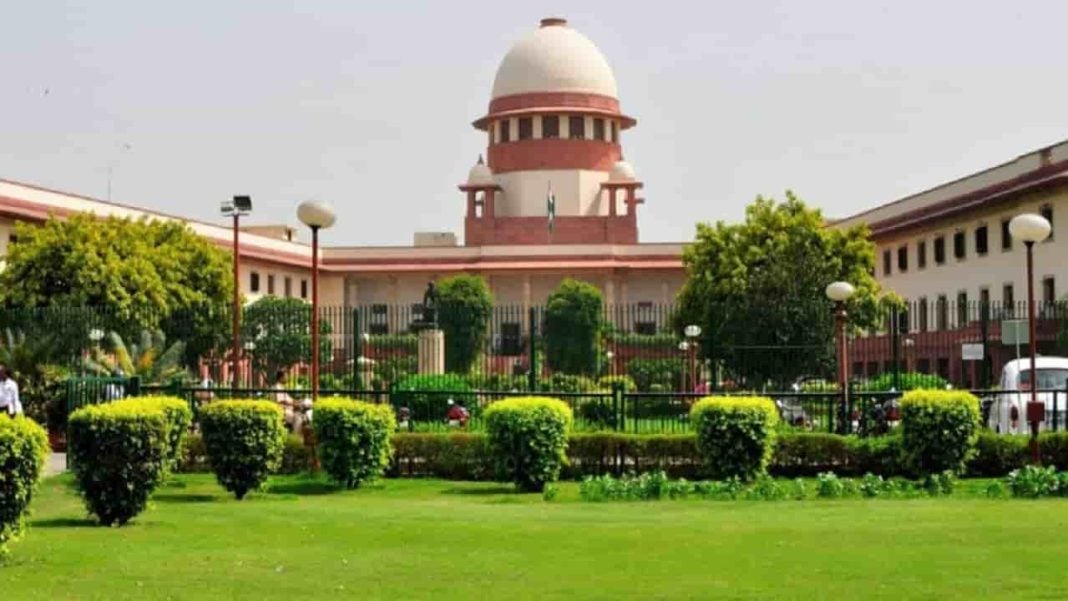Supreme Court Orders Premature Release of Life Convict After Nearly 22 Years in Jail

Case Name: Anilkumar @ Lapetu Ramshakal Sharma v. State of Maharashtra & Ors.
Date of Judgment: October 07, 2025
Citation: 2025 INSC 1198, Crl.A. @ SLP (Crl.) No. 8539 of 2025
Bench: Hon’ble Chief Justice B.R. Gavai and Hon’ble Mr. Justice K. Vinod Chandran
Held: The Supreme Court allowed the appeal of a life convict who had already served almost 22 years in prison, directing his immediate release. The Court ruled that the case fell under Category 3(b) of the 2010 Maharashtra Guidelines for Premature Release, which prescribes 22 years for crimes committed with premeditation for reasons such as family prestige. It held that compelling him to remain incarcerated for 24 years under Category 4(d) was erroneous. The Court emphasized that an additional three months of jail would neither provide solace to the victim’s family nor deepen the convict’s remorse.
Summary: The appellant, convicted under Sections 302 and 307 of the IPC, was sentenced to life imprisonment and 7 years’ rigorous imprisonment (to run concurrently) by the Additional Sessions Court, Greater Mumbai. After serving more than 20 years, he sought remission of his sentence. The Government, relying on the trial court’s recommendation, categorized his case under Category 4(d) (murder jointly committed with premeditation), ordering his release only after 24 years.
The appellant contended that his offence should fall under Clause 3(b) of the 2010 Guidelines, which deals with premeditated murders linked to family prestige. The motive for the murder was the deceased’s relationship with the appellant’s sister, perceived as damaging the family’s honor. The Supreme Court agreed, noting that the case was essentially a so-called “honour killing” scenario, fitting squarely within Category 3(b).
The custody certificate showed that the appellant had already completed nearly 22 years of incarceration. The Court highlighted that he was barely above 18 years old at the time of the crime, further justifying early release.
Decision: The Hon’ble Supreme Court, while allowing the appeal, directed the immediate release of the appellant by holding that his case was to be considered under Category 3(b) of the Government Resolution dated March 15, 2010, instead of Category 4(d). The Court observed that the appellant had already undergone nearly twenty-two years of incarceration and that compelling him to remain imprisoned for an additional period would serve no meaningful purpose, either in providing solace to the victim’s family or in furthering the appellant’s remorse. Noticing also that the appellant was just over eighteen years of age at the time of the offence, the Court considered it appropriate to order his premature release forthwith, while also disposing of all pending applications.